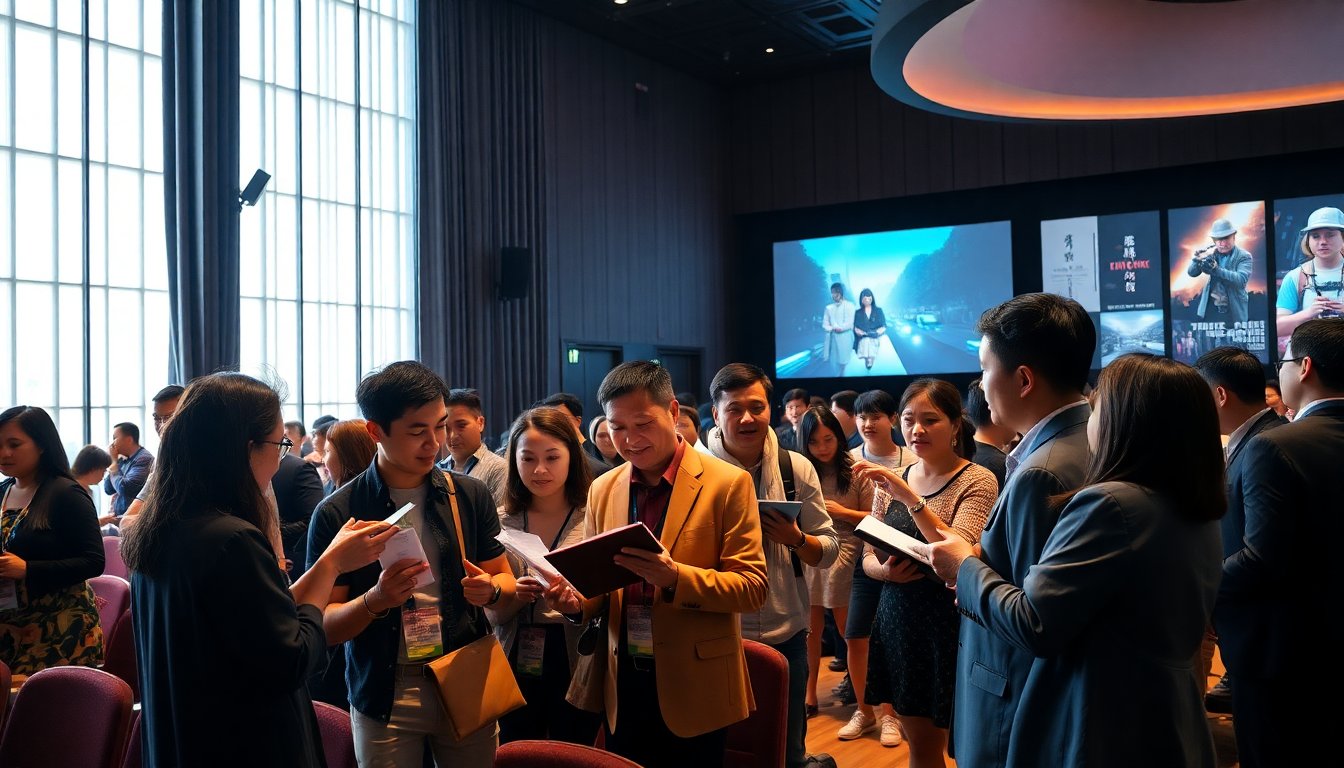Table of Contents
The Singapore International Film Festival (SGIFF) will undergo significant changes for its 36th edition, scheduled from November 26 to December 7 as part of the larger Singapore Media Festival 2025. The festival has announced a shift in its signature Asian Feature Film Competition, expanding its scope to include both emerging filmmakers and those with established careers.
Organizers highlight that SGIFF serves as a celebration of cinema and a crucial call to action, underscoring the importance of storytelling and community engagement during uncertain times. This year’s adjustments reflect a commitment to fostering diverse voices and perspectives within the film industry.
New directions in competition eligibility
Traditionally, the competition was limited to directors presenting their first through third feature films. This year, however, filmmakers at any stage of their careers are invited to participate, signaling a move towards inclusivity and recognition of the vast creative talent across Asia.
Lucrecia Martel, an acclaimed filmmaker from Argentina, has been appointed to lead the jury. Martel is known for her thought-provoking works, including “Zama”, showcased at SGIFF in 2017. Her latest project, titled “Nuestra Tierra” (Landmarks), marks her debut in non-fiction and will be featured in the festival’s Standpoint section, dedicated to films addressing pressing social and political issues.
Celebrating diverse voices
Martel’s return to the festival is significant, as she has received retrospectives at prestigious institutions, including MoMA and the Centre Pompidou. With multiple honorary doctorates, she embodies the festival’s goal of spotlighting multifaceted narratives. Her work spans not only film but also art installations and television.
This year’s competition slate showcases a rich tapestry of films reflecting the creative diversity across the region. From the genre-bending Thai satire “A Useful Ghost”, co-produced by Singapore, to Chen Deming’s poignant documentary “Always”, which explores themes of childhood and transition in China, the selection promises to engage audiences with its variety.
Highlights of the competition lineup
Among the films competing is Singaporean director Tan Siyou’s coming-of-age narrative “Amoeba”, alongside Rohan Parashuram Kanawade’s Sundance award-winning “Cactus Pears”, which delves into queer intimacy within rural Indian settings. Iranian filmmaker Shahram Mokri presents a mysterious tale with “Black Rabbit, White Rabbit”, while Japanese comedian Yuriyan Retriever makes her directorial debut with the horror-comedy “Mag Mag”.
The lineup also includes captivating entries from various countries, such as Nawapol Thamrongrattanarit’s “Human Resource” from Thailand, Lalith Rathnayake’s “Riverstone” from Sri Lanka, Tribeny Rai’s “Shape of Momo” from India, and Sho Miyake’s “Two Seasons, Two Strangers” from Japan. Each film contributes to a dynamic showcase of contemporary storytelling that resonates with audiences.
Support from governmental bodies
The SGIFF receives support from Singapore’s Infocomm Media Development Authority, highlighting the festival’s commitment to promoting the arts within the region. This backing emphasizes the importance of cultural exchanges and reinforces the notion that storytelling is a vital component of societal discourse.
As the festival approaches, it is evident that SGIFF is not only evolving but is also poised to play a crucial role in shaping the future of cinema in Asia. By widening eligibility criteria and inviting a diverse array of filmmakers, it sets the stage for a rich exploration of narratives reflecting the complexity of modern life.


